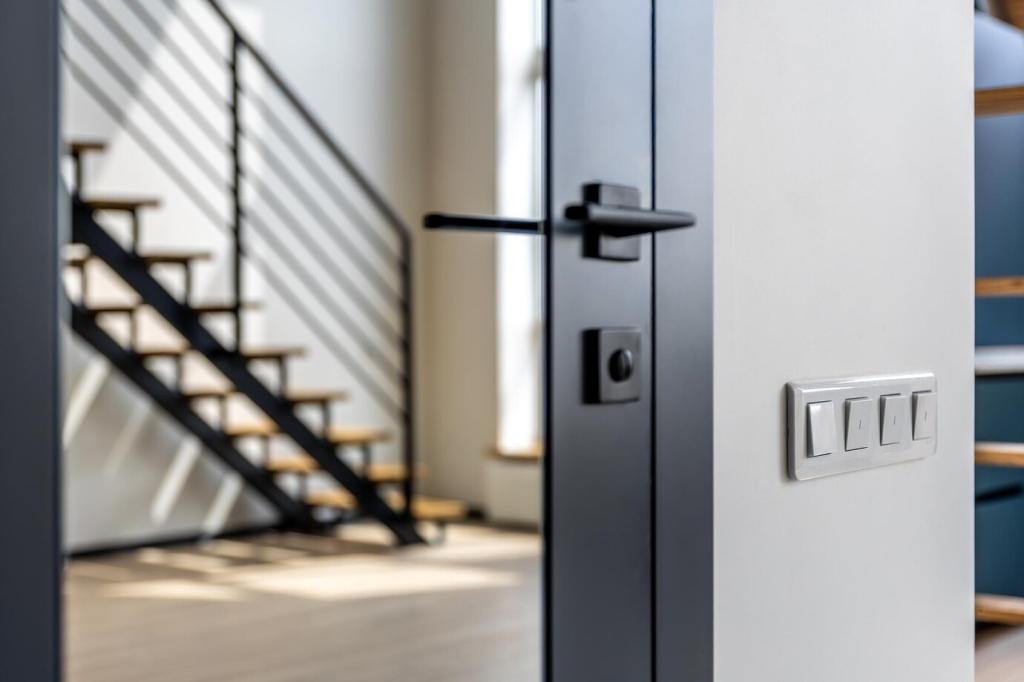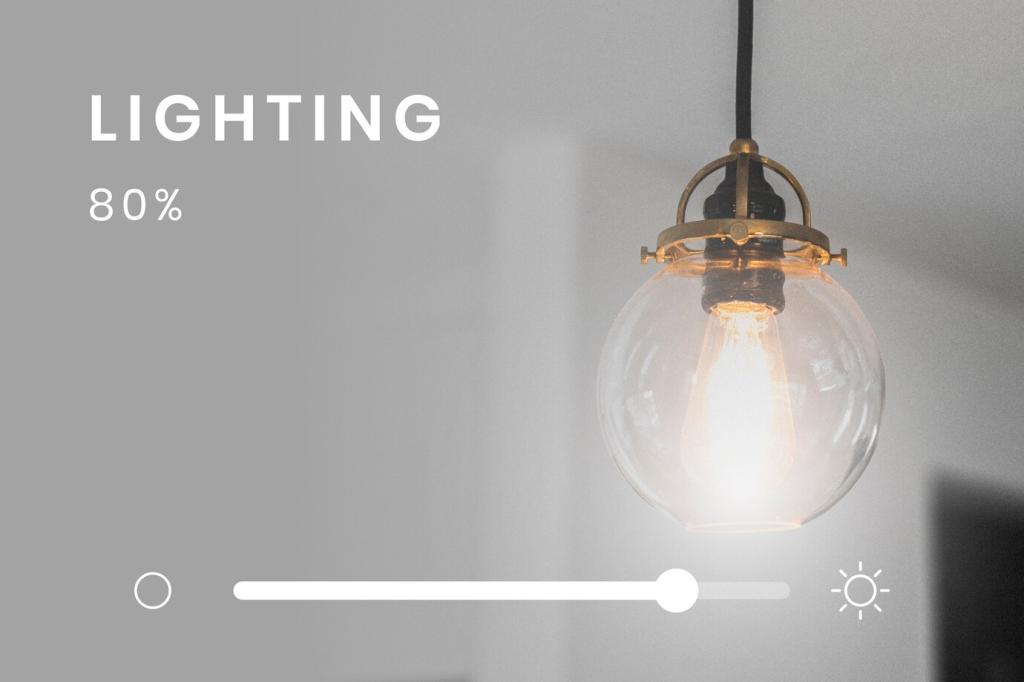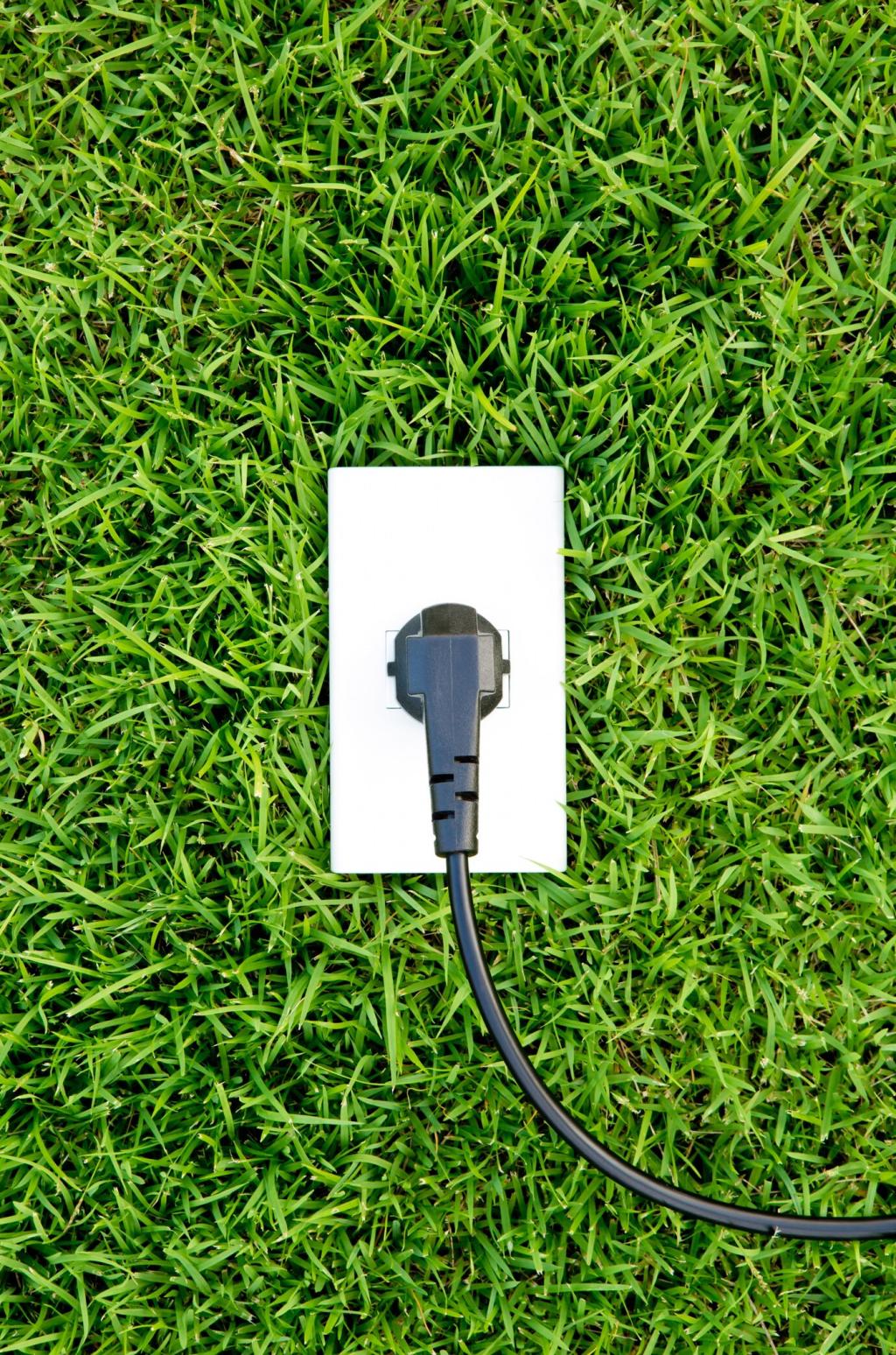Stay Warm, Spend Less: Maximizing Thermostat Settings for Winter
Chosen theme: Maximizing Thermostat Settings for Winter. Let’s unlock cozy comfort and real savings with science-backed settings, relatable stories, and easy habits. Join the conversation, share your routines, and subscribe for practical, human-tested ideas that make every degree count.


Why 68°F (20°C) Works for Most Homes
The U.S. Department of Energy suggests 68°F while awake in winter because it balances comfort, humidity, and energy use. Pair that with warm socks, a throw blanket, and reversed ceiling fans to push gentle air down. What’s your sweet spot? Comment with your household’s favorite setting.

Setbacks That Actually Save
A setback of 7–10°F for 8 hours can save up to 10% yearly, especially for gas furnaces. Heat pump users should use smaller setbacks to avoid costly auxiliary heat. Experiment for a week, track bills, and report your results so others can learn from your schedule.
Smart Scheduling Strategies
Try 68°F when waking, 62–64°F while away, 68–70°F in the evening, and 62–66°F for sleep. Enable early recovery so warmth returns before you do. If you have a heat pump, keep setbacks modest. Post your exact time blocks and tell us how your comfort and bills responded.
Smart Scheduling Strategies
Weekends can tempt constant overrides. Instead, use temporary holds and eco modes when you’re active or hosting. Keep gentle setpoints and add localized warmth with throws. Did a small tweak avoid an all-day heat run? Share your best weekend trick and help someone else save.

Heat Pumps, Furnaces, and Radiators: Tailored Thermostat Tactics

Avoiding Costly Auxiliary Heat
Heat pumps shine with steady settings and small setbacks. Big drops can trigger electric resistance backup, spiking costs. Enable adaptive recovery and weather-responsive features. Heat pump owners, list your model, your minimum setback, and whether your winter bills stayed tame using these tactics.

Boilers and Radiators Love Gentle Changes
Radiant systems have thermal mass, so slow and steady wins. Schedule earlier preheats and avoid rapid swings. Bleed radiators and keep them unobstructed for even warmth. If you run TRVs, share your favorite bedroom and living room setpoints—and how they shaped comfortable, quiet winter evenings.

Forced-Air Furnaces and Filter Truths
Clean filters improve airflow, comfort, and runtime efficiency at your chosen setting. Longer, calmer cycles can feel cozier than frequent blasts. Try fan “auto” for efficiency, or strategic “on” to even temperatures. Tell us your filter change interval and whether steadier cycles let you lower the setpoint.
Zoning, Rooms, and Family Comfort Diplomacy
Create Micro-Zones Without Major Renovations
Use door positions, floor registers, and modest smart vents to nudge warmth where it’s needed. Weighted curtains and draft stoppers help localize comfort at the same thermostat setting. What low-cost micro-zoning trick balanced your home? Post your experiment and outcomes to guide other readers.
Bedrooms vs. Living Rooms
Most people sleep better a bit cooler, so try cooler night setpoints with layered bedding and a warm robe for mornings. Keep living areas slightly higher for evening relaxation. Share your bedroom versus living room compromise, and whether it reduced evening thermostat battles in your household.
Basements and Drafty Corners
Basements feel cooler due to stack effect and contact with earth. Aim for a slightly lower setpoint paired with rugs and sealed rim joists. Avoid unsafe space heater use; prioritize sealing first. How did your basement strategy change your whole-home thermostat setting? Tell us what worked.
Sealing, Insulation, and Thermostat Confidence
Close gaps around windows, doors, and attic hatches with weatherstripping and caulk. Even small leaks can force higher thermostat settings. Try the incense stick test to spot drafts. After sealing, did you lower your setpoint without noticing? Share your before-and-after comfort impressions and bill changes.
Monitoring, Data, and Staying Engaged
Most smart thermostats offer runtime graphs and weather correlations. Compare degree days month to month to isolate true savings. Make it a five-minute ritual. Post your favorite chart and snag tips from readers who achieved steady comfort with surprisingly modest winter setpoints.

Monitoring, Data, and Staying Engaged
Jot down the day’s setpoints, clothing layers, humidity, and how you felt in each room. After two weeks, patterns emerge that guide smarter settings. Did journaling reveal a simple change that helped you lower a degree? Share your insights and inspire someone else’s winter breakthrough.
